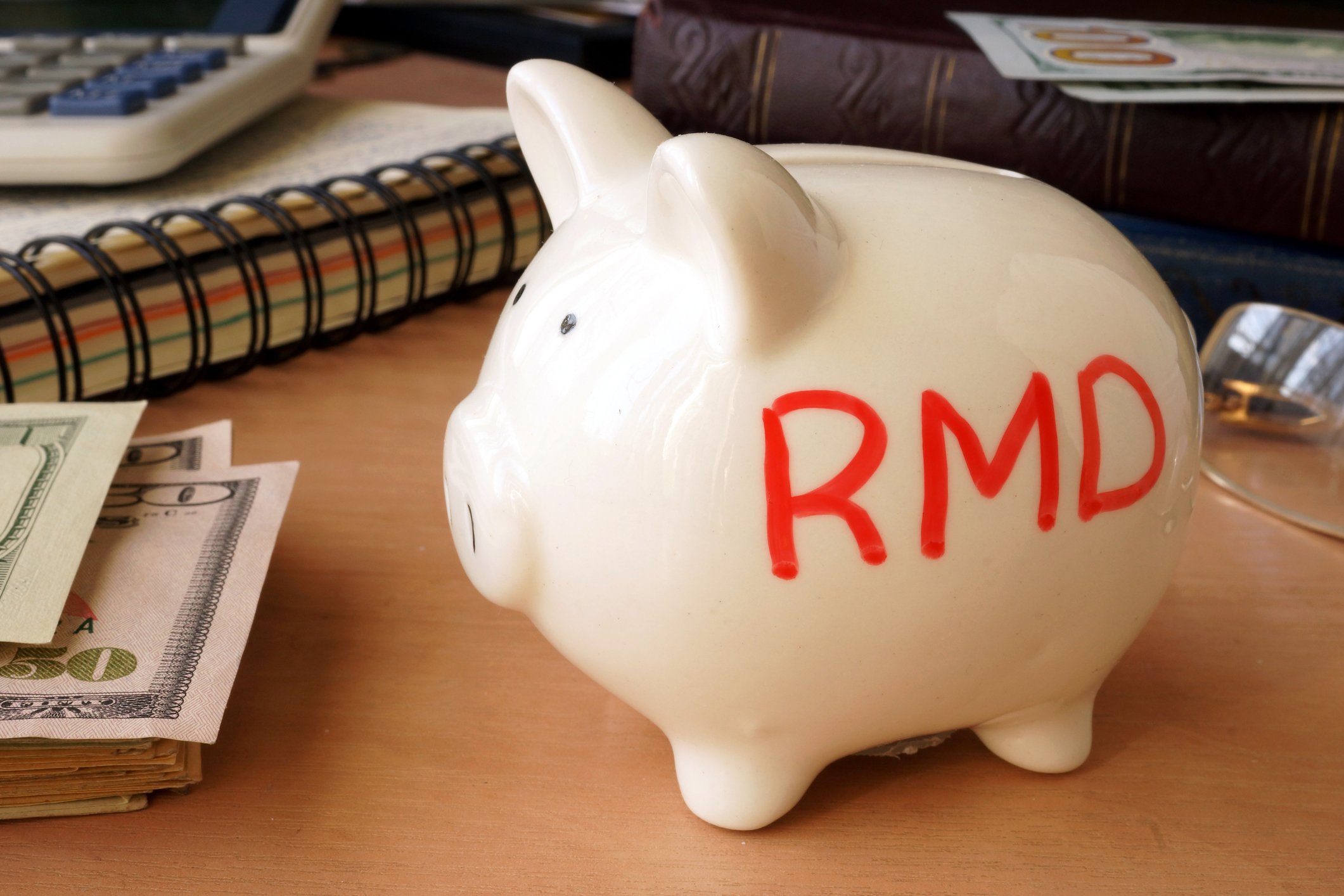The best age to start Social Security depends on personal circumstances, but retirees cannot make a prudent decision without first understanding how claim age factors into the equation. We can explore that topic by examining the average Social Security benefit paid to retired workers at different ages.
Read on to learn more.

Image source: Getty Images.
The average Social Security benefit for retired workers at different ages
Social Security accounts for approximately 22% of government spending, so the Social Security Administration (SSA) regularly publishes anonymized benefit data to ensure transparency and improve public understanding.
That following table pulls information from a biannual report. It shows the average benefit paid to retired workers at different ages as of June 2025.
|
Retired Worker Age |
Average Monthly Benefit |
Average Annual Benefit |
|---|---|---|
|
62 |
$1,377 |
$16,524 |
|
63 |
$1,392 |
$16,705 |
|
64 |
$1,447 |
$17,369 |
|
65 |
$1,613 |
$19,355 |
|
66 |
$1,809 |
$21,705 |
|
67 |
$1,963 |
$23,552 |
|
68 |
$2,004 |
$24,045 |
|
69 |
$2,052 |
$24,629 |
|
70 |
$2,188 |
$26,250 |
Data source: Social Security Administration. Average benefit amounts have been rounded to the nearest dollar.
The chart makes it clear that Social Security payments tend to be bigger for older retirees. The discrepancy between the average benefit at 62 (the earliest possible claim age) and 70 (the oldest sensible claim age) is about $811 per month, or $9,726 per year. And the average retired-worker benefit at 66 is somewhere in the middle: It's about $379 less than the average monthly benefit at 70, but $432 more than the average monthly benefit at 62.
The SSA considers several variables when calculating benefits, but differences in claim age are the primary reason payments tend to be larger for older retirees. All else equal, retirees that claim benefits at age 62 will get the smallest possible payout, while retirees that start Social Security at age 70 will receive the largest possible payout.
How claim age affects Social Security benefits
Here's how the Social Security Administration determines retired-worker benefits: First, earnings from your 35 highest-paid years of work are indexed to account for changes in the average wage over time. Second, indexed earnings are converted to monthly average called the average indexed monthly earnings (AIME) amount.
Third, AIME is run through a formula to find the primary insurance amount (PIA), the benefit a retired worker will receive if starting Social Security at full retirement age (FRA). Fourth, the PIA is adjusted for early or delayed retirement as follows:
- Workers who claim Social Security before FRA get a smaller payout, meaning they receive less than 100% of their PIA. The precise reduction depends on how many months early Social Security starts, but no one can claim retirement benefits earlier than 62.
- Workers who delay Social Security beyond FRA get a larger payout, meaning they receive more than 100% of their PIA. The precise increase depends on how many months late Social Security starts, but there is no advantage to claiming after 70.
The following table shows the relationship between birth year and FRA. It shows the retirement benefit (as a percentage of PIA) a worker will receive if starting Social Security at 62 and 70. In other words, it details the smallest and largest payout for each FRA group.
|
Birth Year |
Full Retirement Age |
Benefit at Age 62 |
Benefit at Age 70 |
|---|---|---|---|
|
1943-1954 |
66 |
75% |
132% |
|
1955 |
66 and 2 months |
74.2% |
130.6% |
|
1956 |
66 and 4 months |
73.3% |
129.3% |
|
1957 |
66 and 6 months |
72.5% |
128% |
|
1958 |
66 and 8 months |
71.7% |
126.6% |
|
1959 |
66 and 10 months |
70.8% |
125.3% |
|
1960 and later |
67 |
70% |
124% |
Data source: The Social Security Administration.
Importantly, the average Social Security benefit tends to increase over time because of inflation and changes in average wages. For instance, the average monthly retired-worker benefit at age 70 is currently $2,188, but it was $1,612 in June 2020. That means the average 70-year-old retiree receives an additional $576 per month today.
I mention that because some readers may not start Social Security for several years, and the average payouts will likely be higher at that point. However, the percentages shown in the chart above will not change. That means a retired worker born in 1960 can increase his or her benefit 77% by simply claiming Social Security at age 70 rather than age 62.
How did I come up with that figure? I divided 124 by 70. In other words, I divided the largest possible payout (expressed as a percentage of the PIA) by the smallest possible payout (expressed as a percentage of the PIA). The answer is about 77.





